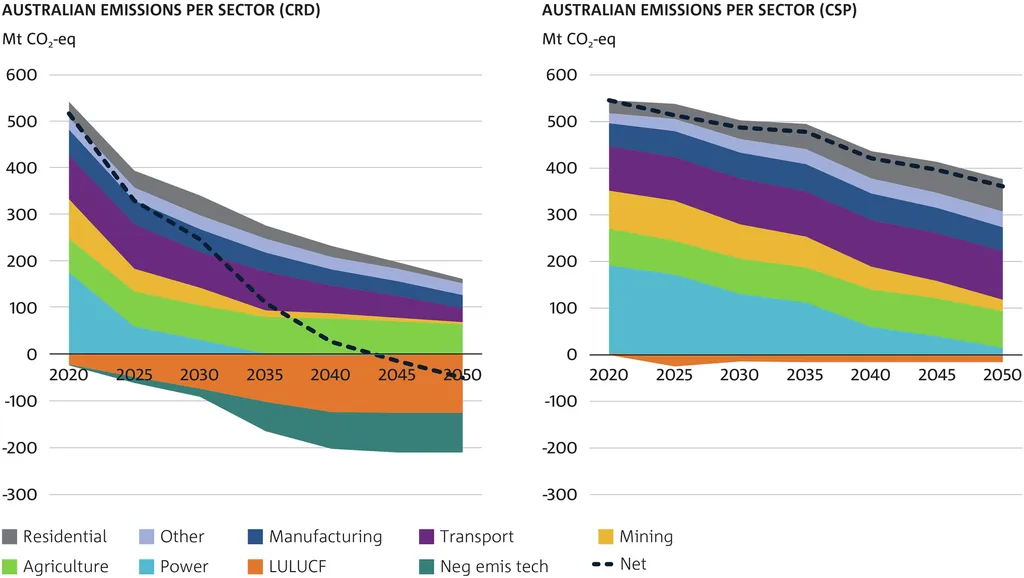Australia’s energy and natural resources sector in 2025 witnessed a dynamic M&A landscape, marked by ambitious dealmaking and notable setbacks, reflecting global trends in energy transition, portfolio rationalisation, and strategic repositioning. The year’s activity underscores the complex interplay between market dynamics, regulatory pressures, and evolving investor appetites, with significant implications for the sector’s future development.
The coal sector’s consolidation trajectory highlights the tension between immediate cash generation and long-term transition risks. While international players divested assets, domestic and regional buyers faced challenges, exemplified by Peabody Energy’s withdrawal from Anglo American’s Queensland steelmaking coal sale. This trend signals a bifurcation in the market, with ESG-focused investors retreating and private capital groups seeking value in discounted assets. The sector’s future hinges on experienced buyers capable of managing both operational performance and decarbonisation pathways, suggesting a need for innovative strategies that balance immediate returns with long-term sustainability.
In the oil and gas sector, the collapse of the A$36.4 billion Santos-XRG transaction underscores the hurdles in executing large-scale M&A. Valuation misalignment, financing complexities, and regulatory scrutiny emerged as significant barriers, reflecting broader sector challenges, including volatile commodity prices and uncertain demand outlooks. Successful transactions will increasingly require sophisticated structuring, realistic valuations, and clear strategic rationales that address both immediate operational benefits and long-term energy transition and security considerations. This shift may lead to a more cautious and selective approach to consolidation, with a focus on strategic assets and technology integration.
The hydrogen sector’s setbacks, including BP’s exit from major projects, highlight the commercial viability challenges facing green hydrogen. Prohibitive capital requirements, uncertain demand profiles, and technological hurdles have led to a reassessment of the sector’s economics. The shift towards technology partnerships and strategic alliances suggests that successful hydrogen projects will require government support, long-term offtake agreements, and integrated value chain approaches. This trend may slow the pace of consolidation but could foster more sustainable and viable projects in the long run.
Renewables, on the other hand, attracted significant institutional capital, driven by their cost competitiveness and long-term returns. Infrastructure funds and private equity led consolidation efforts, reflecting the sector’s appeal to investors seeking stable, long-term returns from essential infrastructure assets. The focus on scale and technological maturity suggests that renewables will continue to drive consolidation, with infrastructure funds and specialist investors remaining active. This trend is likely to accelerate the energy transition, with renewables playing a pivotal role in Australia’s future energy mix.
The regulatory landscape played a crucial role in shaping M&A activity, with the ACCC’s scrutiny of major transactions and FIRB’s foreign investment approval processes influencing deal outcomes. ESG considerations also gained prominence, with companies demonstrating clear carbon transition strategies attracting premium valuations. This trend is expected to intensify, with regulatory scrutiny likely to shape transaction structures and approval timelines in 2026.
Looking ahead to 2026, the outlook suggests continued, yet more selective consolidation. Market participants are expected to prioritise strategic assets over transformational mega-deals, with a focus on operational capabilities, critical technologies, and market positions aligned with energy transition objectives. The introduction of the mandatory merger control regime will add another layer of complexity, requiring transactions to demonstrate consumer benefits and alignment with Australia’s energy transition and security objectives. Technology integration will also become increasingly important, reflecting the sector’s evolution towards more sophisticated, technology-enabled operations.
In conclusion, Australia’s energy and natural resources sector is navigating a complex M&A landscape, shaped by global trends, regulatory pressures, and evolving investor appetites. The sector’s future development will hinge on its ability to balance immediate commercial imperatives with long-term energy transition requirements. Successful participants will need to navigate these challenges effectively, delivering stakeholder value while supporting Australia’s sustainable energy future. The trends observed in 2025 set the stage for a more selective and strategic approach to consolidation, with a focus on technology integration, regulatory compliance, and long-term sustainability.

